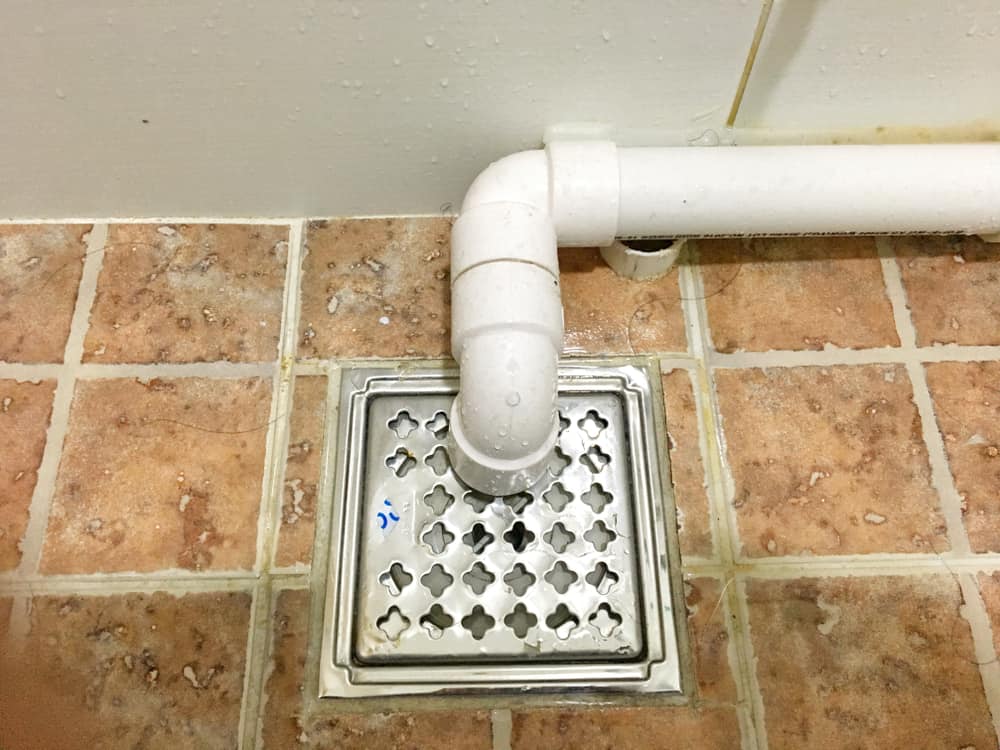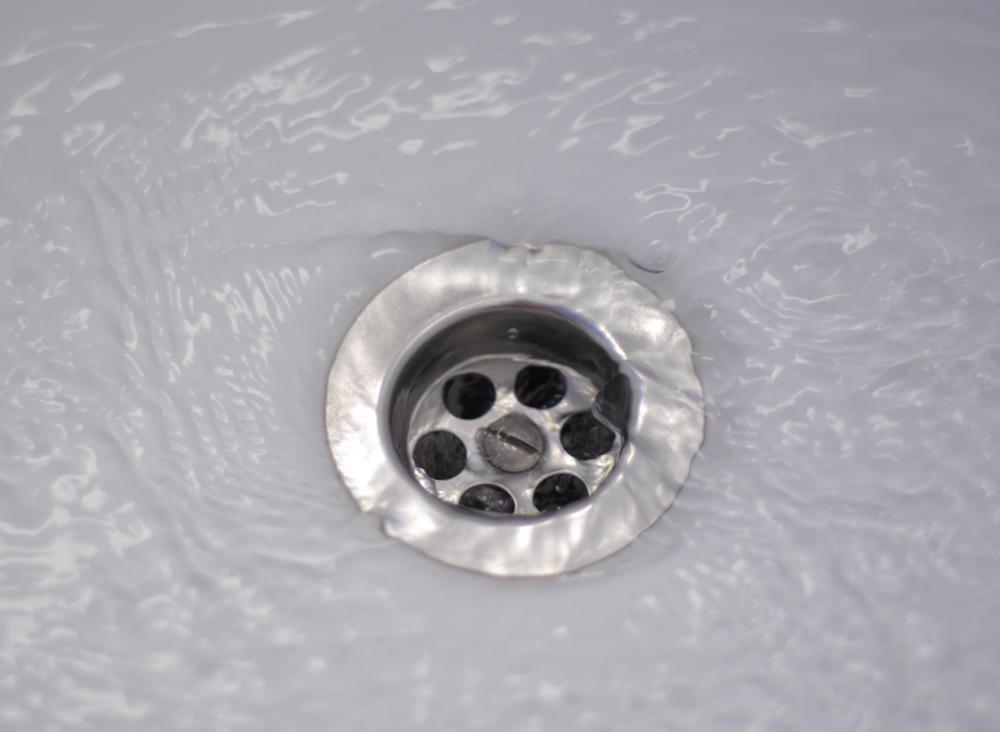Taking Charge-Managing-Overseeing of Shower Drain-Bathroom Drain-Drainage System Installation-Setup-Project Yourself-On Your Own-Independently
Taking Charge-Managing-Overseeing of Shower Drain-Bathroom Drain-Drainage System Installation-Setup-Project Yourself-On Your Own-Independently
Blog Article
Each person maintains their private piece of advice about How to Install a Shower Drain in a Basement.

Upgrading a shower room is just one of the much more prominent home improvement jobs. Taking care of the plumbing for draining your shower can be extremely basic unless you overdo it.
Handling Your Own Shower Drainpipe Installation Job
You can physically develop a collection agency for your brand-new shower, however you really need to think about it. Do you truly intend to enter the difficulties of obtaining the sloping correct, and also making certain every aspect of it is water resistant? And also I suggest every aspect! It is a lot easier to merely buy a pre-cast collector online or at your local Lowes, House Depot or equipment shop. Structure one might sound like a great suggestion, yet you will probably feel in a different way after a number of hours.
Regardless of how you tackle obtaining a frying pan, you should strive to use one that has the drain situated in the exact same spot as the original pan. Moving the drainpipe pipes can be a job, particularly if the contractor utilized a distinct framework framework. If you are figured out to move the drainpipe, you are mosting likely to have to cut back the pipeline or extend it, which may imply destroying huge chunks of the floor. Put another way, you are mosting likely to be considering a several weekend project.
Thinking we have our drainpipe aligned, the real link is rather easy. The drain pipeline should be facing upright up to the enthusiast. It will often resemble a "U", which means it works as a cleanout to keep unpleasant smells from coming back up from the drainpipe. To connect the drain, you are mosting likely to create a water limited connection between a drainpipe cap on the top of the frying pan and the water drainage pipe. Systems vary, yet you are typically mosting likely to do this by putting a coupling piece on the top of the drainage pipe. This is then covered with gaskets as well as essentially screwed right into the drain cap. The drainpipe cap need to act as a locknut, to wit, it screws straight onto the coupling.
The challenging part of this process is getting your drain cap to fit into a watertight position in the frying pan. This is accomplished by withdrawing the drain cap once you make sure whatever fits together. At that point, you placed plumbers putty around the bottom of the cap and after that screw it back on. The putty ought to create a limited seal in between the cap and also the shower frying pan, which keeps water from trickling under it and also into the mounting under the shower.
Obviously, washroom showers been available in a wide range of designs nowadays. If you purchase a collector, they usually included plumbing instructions or the shop can keep in mind anything unusual you must understand. It sounds complex, yet is normally quite easy. Have a good time!
Whether you are a bath tub or shower individual, the majority of people look for shower just choices when acquiring a home. This straightforward truth means more than a few homeowners invest a weekend updating or mounting showers in their restrooms. Luckily for you, it is a relatively easy process.
A collection agency or frying pan refers to the horizontal surface situated at the bottom of the shower. The collection agency commonly contains a non-slip surface a little banked towards the center or any place the drainpipe lies. Integrated with 3 to four inch wall surfaces around the side, the objective of your shower water drainage plumbing is to obtain the water to flow to and also down the tubes.
Tips for Installing a Shower Drain Assembly
Renovating a bathroom can be exciting as well as fulfilling if you’re tackling the job DIY-style. After you cross off the bigger decisions such as tile style, paint colors, and fixtures, you’ll need to finalize smaller details – such as the shower drain. In this article, we’re sharing some tips for selecting and installing the right drain assembly for your updated shower.
What is a shower drain assembly?
Shower bases or pans typically only come with a pre-drilled drain hole. Since the pan slopes toward the drain, you should consider the placement – left, center, or right – when designing your shower. You’ll need to purchase and install a shower drain assembly that connects the shower pan to the drain pipe underneath the shower. There are a few types of assemblies, which will be covered below.
Size of a shower drain
When it comes to installing drains, size matters. The recommended pipe size for a shower drain is 2 inches, whereas most tubs use 1.5-inch pipes. Why the difference?
Shower pans are shallower than tubs, so there’s a higher risk for overflow. So, the larger pipe allows for quicker draining. If you are replacing an old tub with a newer stand-up shower, you will need to make additional plumbing adjustments to accommodate the 2-inch pipe.
Types of shower drain assemblies
There are three common types of shower drain assemblies: compression shower drain, solvent-glue shower drain, and tile shower drain. The layout, design, and materials of your shower can determine which type of shower drain assembly will work best.
Compression shower drain
This type of assembly attaches to the drain pipe with compression washers and nuts. The drain fitting is typically installed into the base, and then the base is installed into the bathroom floor. This makes compression-style drains easier to install than other options, particularly if you don’t have easy access from the floor under the shower base. Drains are available in a wide range of materials such as PVC (polyvinyl chloride), ABS (Acrylonitrile Butadiene Styrene), and brass, and can be used for acrylic, fiberglass, and steel shower bases.
Solvent-glued shower drain
Made of either polyvinyl or ABS, this type of shower drain is sealed to the drain pipe with solvent glue and silicone. Since you’ll be working underneath the drain pan, we only recommend using this type of drain if you have access under the shower, such as from a basement or crawlspace. It’s also important that you match the type of plastic of the drain with the drainpipe. If you take these precautions, you can install a solvent-glued drain assembly with acrylic, fiberglass, and steel shower bases.
Tile shower drain –
Drain assemblies for custom tile showers feature a waterproof membrane liner placed between two flanges. The tile is installed on top of the liner, collecting any water that seeps through the porous grout. A metal strainer is installed in line with the tile over the drain.
https://www.epshawaii.com/blog/tips-for-installing-a-shower-drain-assembly/

As a serious person who reads on How to Install a Shower Drain, I figured sharing that excerpt was beneficial. I beg you take a moment to promote this post if you appreciated it. Thank you so much for going through it.
Report this page